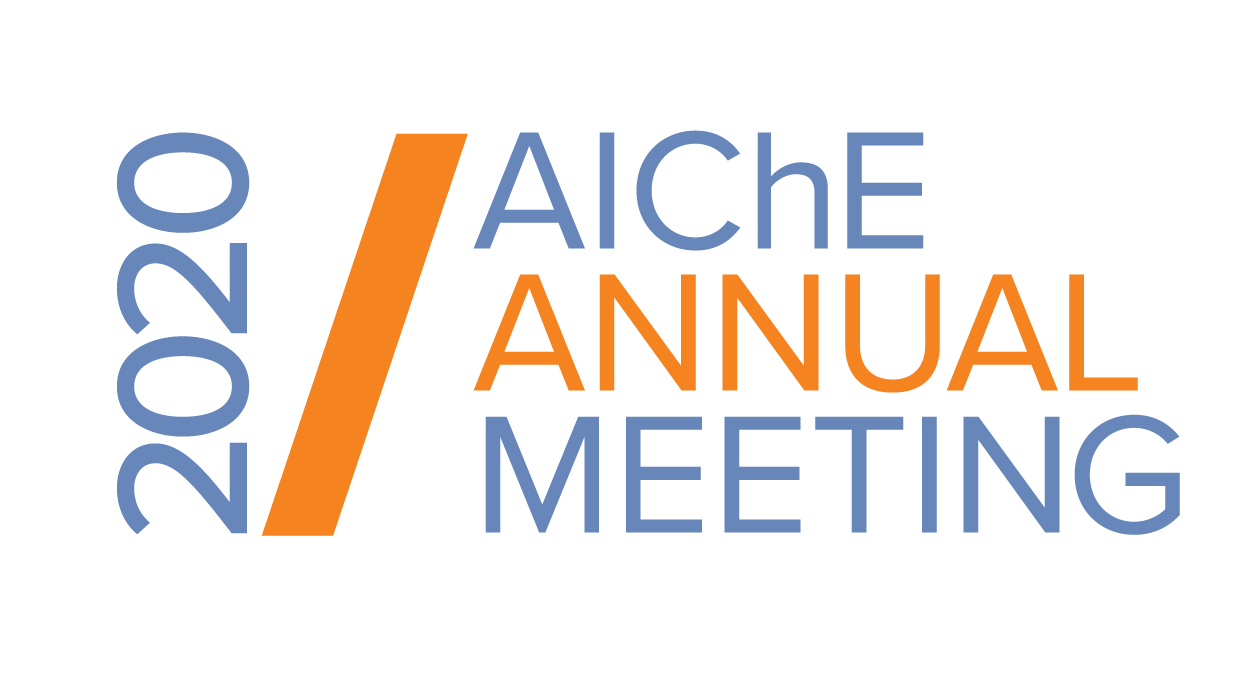

The aim of the Solar-Thermal Ammonia Production (STAP) project is to develop a solar thermochemical looping technology to produce and shuttle N2 from air for the subsequent production of NH3 in an advanced two-stage process. The endothermic thermal reduction of redox-active metal oxide particles is driven by concentrated solar irradiation; subsequent exposure to air re-oxidizes the particles, removing O2 and producing relatively pure N2 gas. The N2 serves as a feedstock for a renewable NH3 production process in an advanced two-step, low pressure, looping process. In the first step, reduced metal (or nitrogen deficient metal nitride) particles react with N2 to form a nitride. In the second step, H2 reacts with the resulting nitride to produce NH3. The net result is NH3 produced from sunlight, air, and (green) H2, while the metal oxide and nitride particles are recycled.
The STAP project consists of four thrusts: (1) Systematic synthesis, characterization, and thermodynamic analysis of oxides for N2 recovery from air; (2) materials investigation and development (synthesis, characterization, and thermodynamic analysis) of nitrides for NH3 production and re-nitridation; (3) process and reactor design, modeling, fabrication, and small-scale demonstration, and (4) full system and techno-economic analyses. The system concept will be summarized in this presentation with a brief summary of the results to date.
